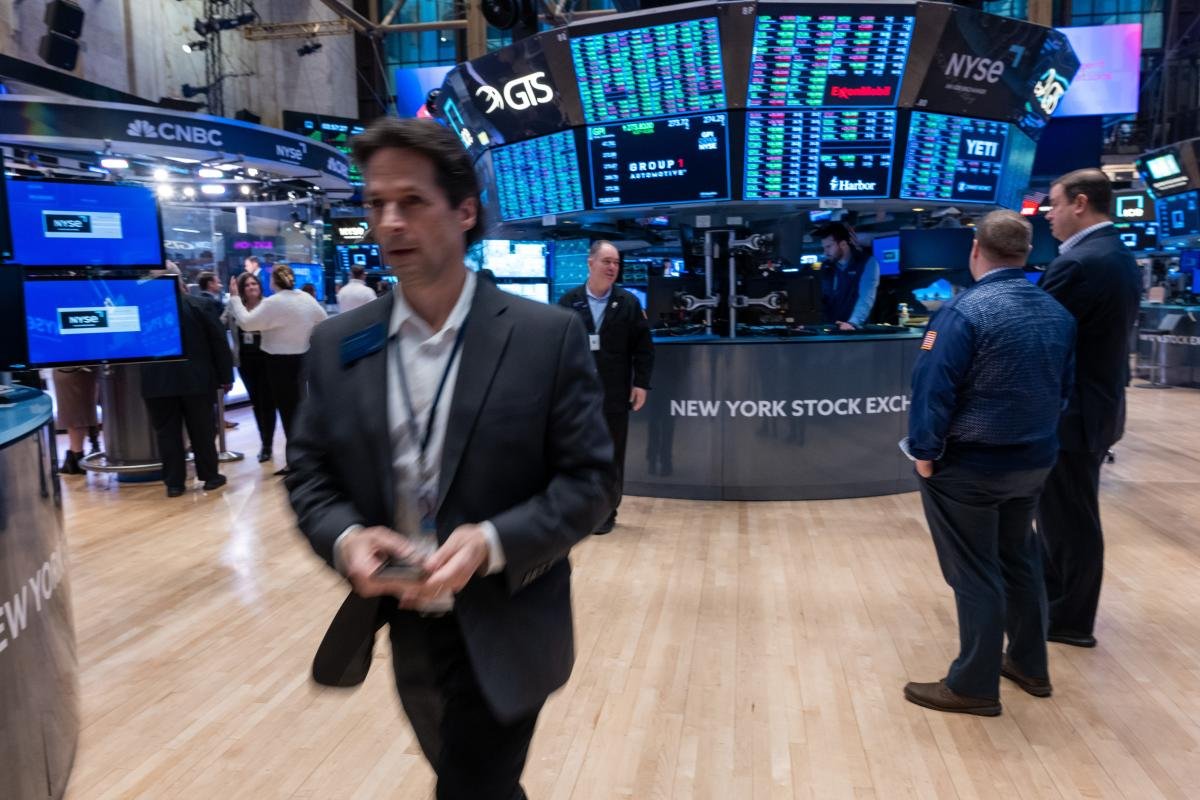Last week concluded on a high note for the S&P 500 index, reaching a record peak – a development that brings positive news for Americans’ retirement accounts. The benchmark index closed with a 1.2% gain on Friday, surpassing its previous record set in January 2022. Accompanying this achievement, the Dow Jones Industrial Average, which had already surpassed its 2022 peak the previous month, also closed at a new record. The Nasdaq Composite exhibited a noteworthy climb of 1.7%.
This positive turn comes after the significant stock market downturns experienced in 2022, marking Wall Street’s most challenging year since the Great Recession. The concerns at that time revolved around high inflation, elevated interest rates, and the looming possibility of a recession, leading to a roughly 20% dip in the S&P 500.
Ryan Detrick, Chief Market Strategist at financial services firm Carson Group, reflected on the journey, stating, “It took more than two years, but the S&P 500 finally made it back to new all-time highs.” He emphasized that this achievement serves as a reminder to investors that despite the various worries and concerns over the past two years, patience and resilience are often rewarded.
The recent market milestones can be attributed in part to the resurgence of tech stocks, with notable performances from key players such as Nvidia, Texas Instruments, and Broadcom. Tech companies, particularly in the semiconductor sector, have managed expectations effectively in recent quarters. Investors are now potentially underestimating the growth potential of these tech stocks, according to Sam Stovall, Chief Investment Strategist at CFRA Research.
The Dow Jones Industrial Average concluded Friday at a new record high of 37,863.8, while the S&P 500, widely regarded as a benchmark for large stocks and index funds, closed at 4,839.81.
So, what does this mean for individuals and their 401(k) retirement plans? The record-high S&P 500 serves as a positive indicator for investors, signaling confidence in the future of the economy. Ryan Detrick pointed to several encouraging signs, including robust consumer spending, a healthy labor market, a slowdown in inflation, and expectations of interest rate cuts by the Federal Reserve in the coming year.
Investor confidence in economic recovery is also evident in the stock market rally, with signs of better times ahead. While some concerns persist, such as the risk of a recession, which stands at 42% according to a recent survey from Wolters Kluwer Blue Chip Economic Indicators, it’s noteworthy that this figure has decreased from earlier forecasts. Sam Stovall emphasized that investors typically refrain from buying if they anticipate an impending recession, and the current market sentiment suggests a belief in the potential for recovery.
While acknowledging the possibility of market fluctuations due to stubbornly high inflation and interest rates, Stovall expressed optimism in the continuity of the current rally, aligning with historical market trends. The market tends to experience a subsequent advance of 5.2% over two-and-a-half months following a recovery, before encountering a decline of 8.2% on average.
In summary, the recent record highs in the stock market, particularly the S&P 500 and Dow, not only reflect a rebound from previous challenges but also signify a positive outlook for investors and retirement accounts. The resilience demonstrated by the market and the prevailing confidence in economic recovery underline the potential for continued growth in the coming months.
